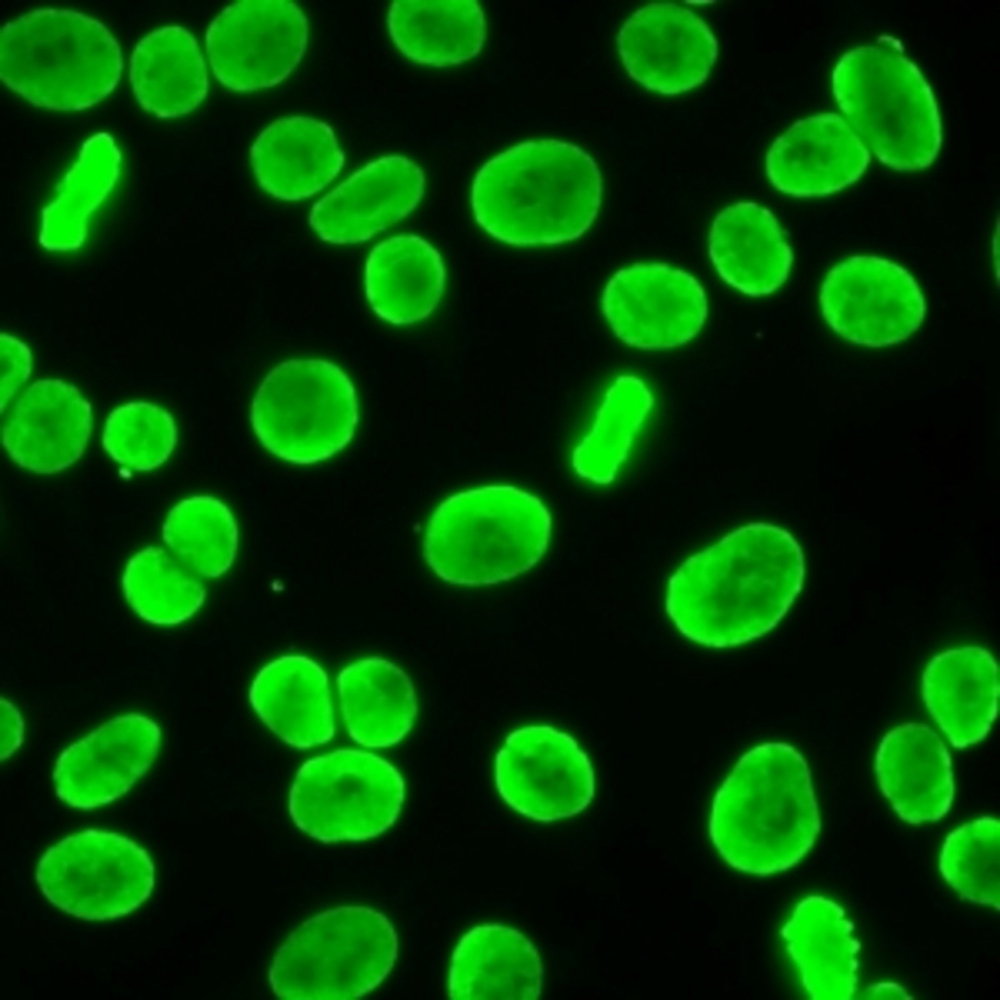SOCIAL MEDIA
Portuguese Medical Association's Scientific Journal

Introduction: Screening for autoantibodies in HEp-2 cells by indirect immunofluorescence is currently accepted as the gold-standard test for the diagnosis of systemic autoimmune diseases. The main objective of the International Consensus on ANA Patterns is to achieve a consensus on the nomenclature and description of antinuclear antibody morphological patterns. This work aims to build on the International Consensus on ANA Patterns project to establish a nomenclature consensus in Portugal, thus contributing to harmonization in autoimmune diagnosis and promoting diagnostic quality in autoimmune systemic rheumatic diseases.
Material and Methods: Participating laboratories identified all the nuclear and cytoplasmic pattern designations in the International Consensus on ANA Patterns (including the anti-cell pattern code), and matched them with the corresponding Portuguese nomenclature in use. The results were aggregated and used as a foundation for nomenclature harmonization work. Consensus meetings followed an iterative process, until a final consensual proposal was drafted.
Results: Prior agreement between laboratories was over 75% for 23 of the total 29 anti-cell patterns. The degree to which each laboratory is aligned with the International Consensus on ANA Patterns international reference ranges from 22.1% to 100%. It was possible to write a consensual version of the International Consensus on ANA Patterns nomenclature for Portugal.
Discussion: There was a good consensus basis for the nomenclature in the International Consensus on ANA Patterns, despite relevant differences with some translations. The study highlights the need for collaboration among laboratories towards an unambiguous description of laboratory results.
Conclusion: This study shows that there is good potential for collaboration between laboratories in order to produce the consensus needed to improve diagnosis and patient follow-up.